Embrace Healthy Crunch: The Art of Lacto-Fermentation and a Tangy Curtido Recipe
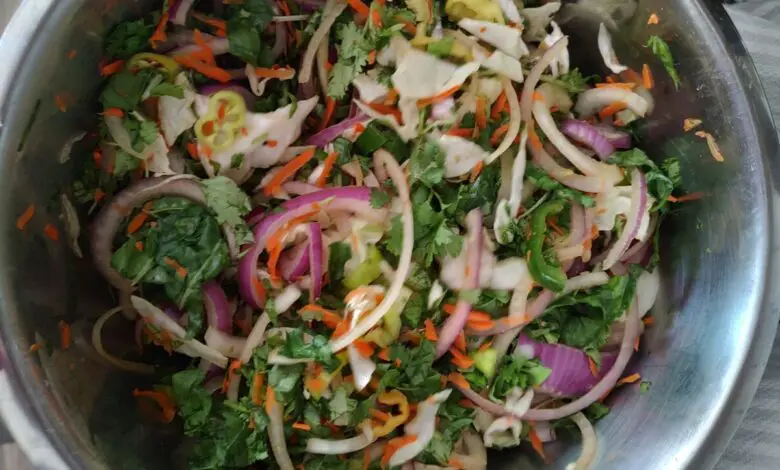
The thing that I love about Arizona is the lengthy growing season that we have here. Truth is, the whole year is “planting season”.So this end of summer/fall I decided that I was going to grow a new set of varieties of vegetables just for the fun of it. I planted three types of carrots, tomatoes, and cabbage amongst other things. I happen to be the most excited about the cabbage because I have found the time to add yet another plant that has maximum potential for yield and uses but also great for a new storing technique.
Welcome to the wonderful world of lacto-fermented foods! If you’re eager to embark on a journey of preserving the harvest bounty while delighting your taste buds, you’re in for a treat. Lacto-fermentation is an age-old technique that not only extends the lifespan of fresh produce but also enhances their nutritional value and flavor. Among the multitude of delectable options, let’s delve into the zesty universe of curtido, a traditional Latin American fermented cabbage delight that’ll add a tangy kick to your meals.
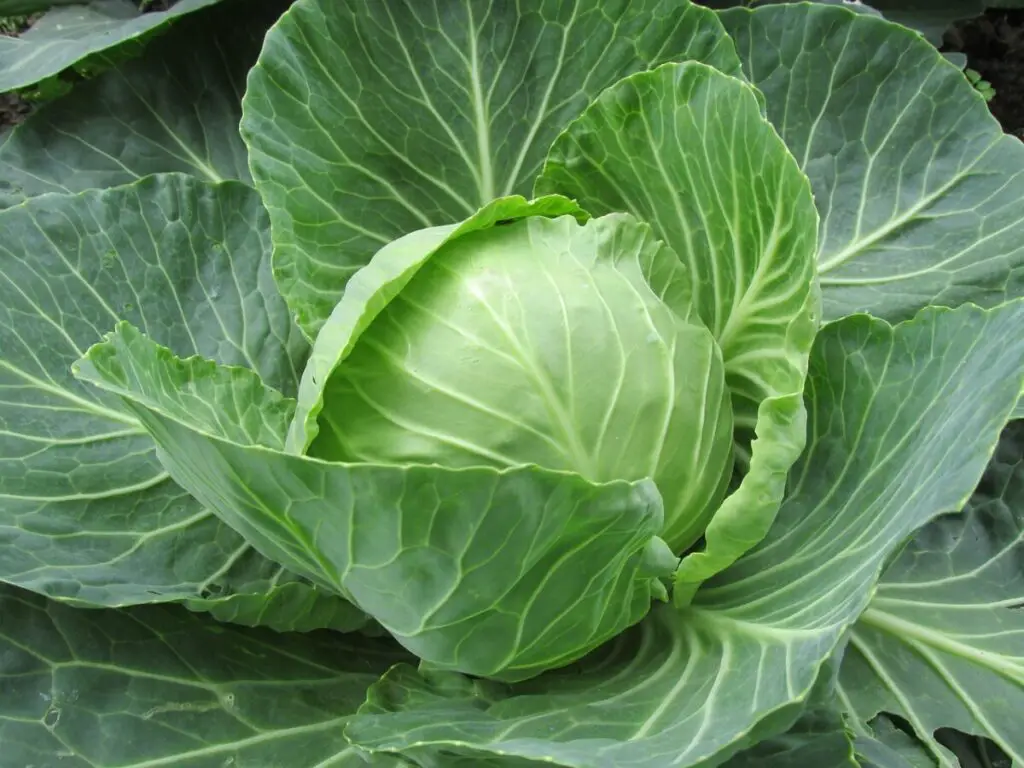
The Magic of Lacto-Fermentation
Lacto-fermentation might sound like a complex scientific process, but in reality, it’s a simple and natural method. It involves using beneficial bacteria (Lactobacillus) to break down sugars in food, creating lactic acid. This process not only preserves the food but also enhances its taste and boosts its nutritional profile.
The best part? You can ferment an array of vegetables – from cabbage and carrots to cucumbers and peppers. The resulting lacto-fermented foods are teeming with probiotics, aiding in gut health and digestion. Plus, they can be a flavorful addition to various dishes, adding a delightful tang that elevates the overall dining experience.
Meet Curtido: Your New Fermented Fiesta
Curtido, originating from El Salvador, is a beloved accompaniment that pairs wonderfully with many dishes. Its lively combination of cabbage, carrots, onions, and oregano, fermented to a harmonious blend, offers a slightly tangy, crunchy, and refreshing flavor. Whether as a zesty topping for tacos, a side for grilled meats, or a vibrant addition to salads, curtido adds a zing that elevates the dining experience.
Curtido Recipe for Your Fermentation Adventure
Now, let’s get hands-on and ferment some curtido! Here’s a simple recipe to start your lacto-fermentation journey:
Salvadorian Lacto-feremented Curtido
Ingredients
- 1 large head of cabbage thinly sliced
- 2 medium carrots grated
- 1 onion thinly sliced
- 2 cloves of garlic minced
- 1 teaspoon dried cilantro or oregano
- 1 tablespoon sea salt
- 2-3 tablespoons of whey optional
- Filtered water
- Instructions:
- 1 tsp cardamom
- 1 tsp coriander
Instructions
- Combine the sliced cabbage, grated carrots, sliced onions, minced garlic, and oregano in a large bowl.
- Sprinkle the salt over the vegetable mixture and massage it in for about 5-10 minutes until the vegetables start to release their juices.
- Pack the vegetable mixture tightly into a clean glass jar, pressing down firmly to ensure the vegetables are submerged in their own juices. If needed, add a bit of filtered water to cover the vegetables.
- If using whey, pour it over the vegetables.
- Cover the jar with a lid loosely to allow gases to escape and place it in a dark, room-temperature spot for 3-7 days, depending on your desired level of fermentation.
- Check the curtido every day, pressing the vegetables down to keep them submerged. Taste it after 3 days and continue fermenting until it reaches your desired tanginess.
- Once ready, secure the lid tightly and store the curtido in the refrigerator. It will continue to develop flavor but at a much slower rate.
Final Thoughts
Lacto-fermentation is a simple yet incredible way to create delicious and healthy foods at home. Not to mention use up some of those left over veggies or an overabundance in the garden ( I used swiss chard and beet leaves which is optional ).The process might take a little patience, but the rewards are certainly worth it. So, let’s pick up that cabbage, slice those carrots, and start fermenting our way to a tangy, gut-friendly curtido that will elevate our culinary adventures! Cheers to good health and delightful flavors on your fermenting journey!

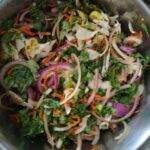
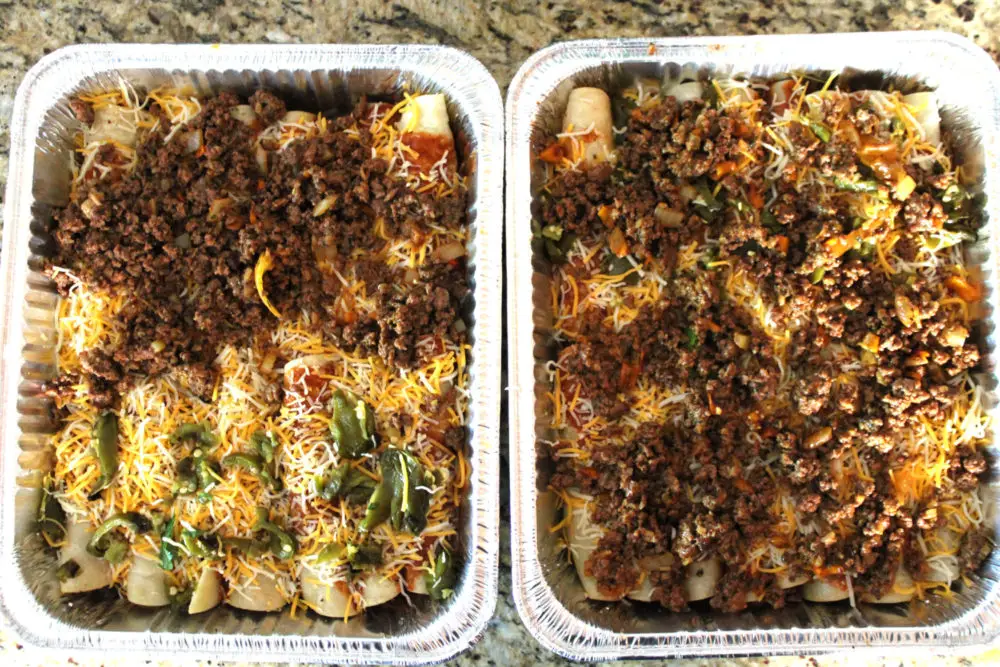
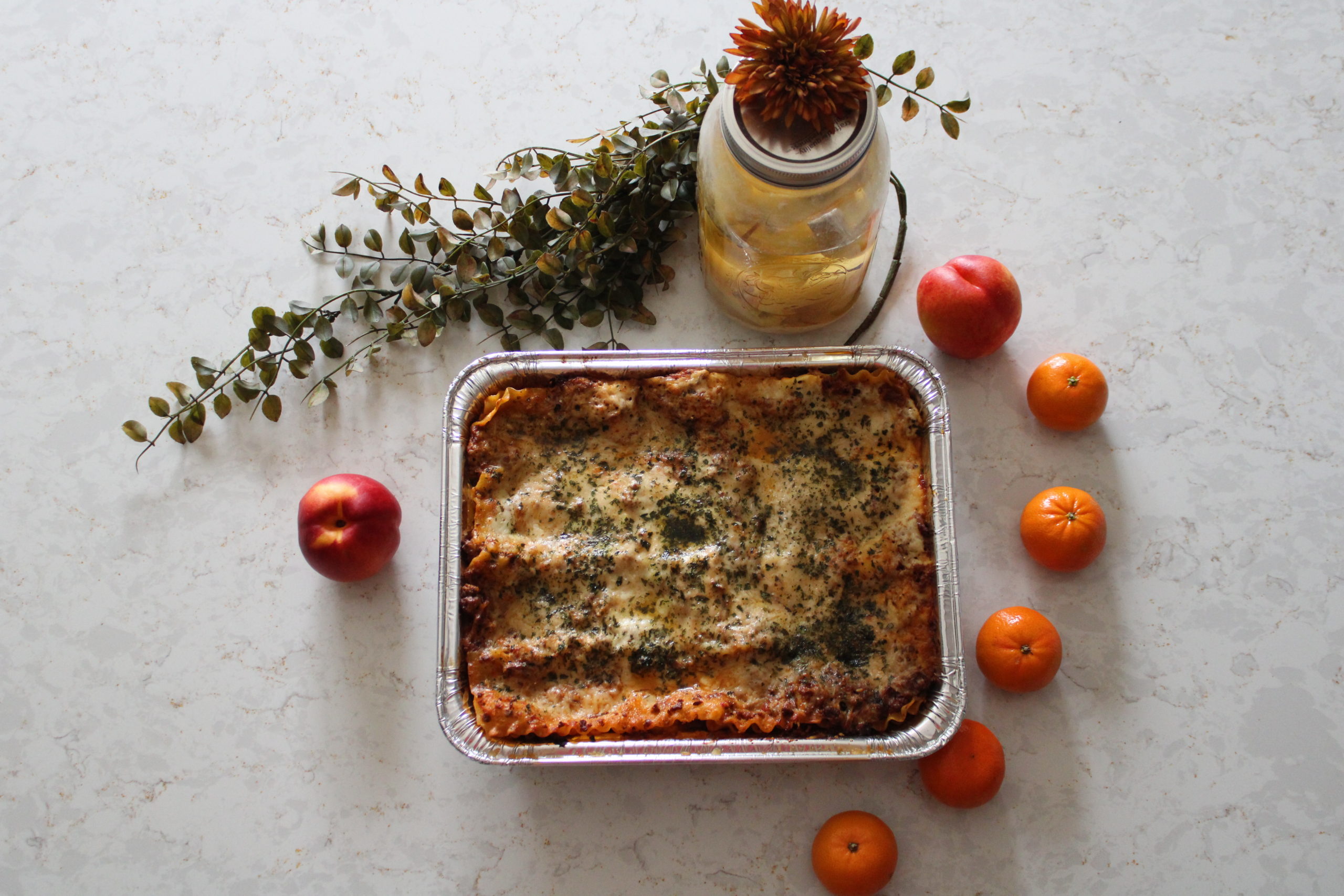




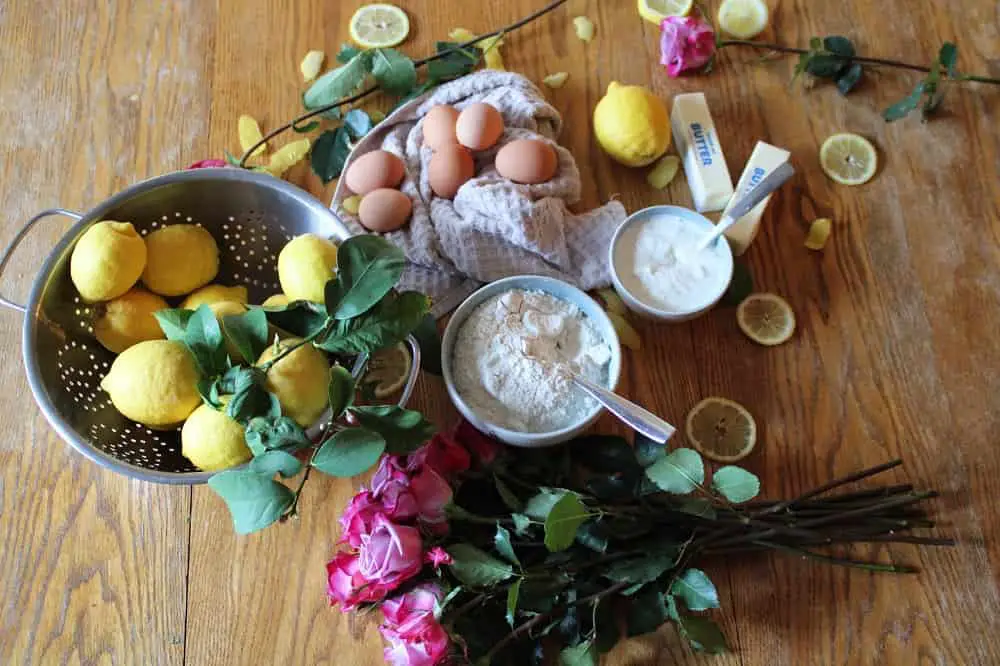



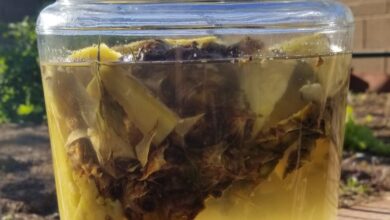
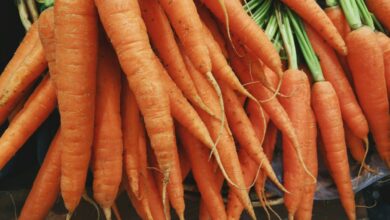


One Comment